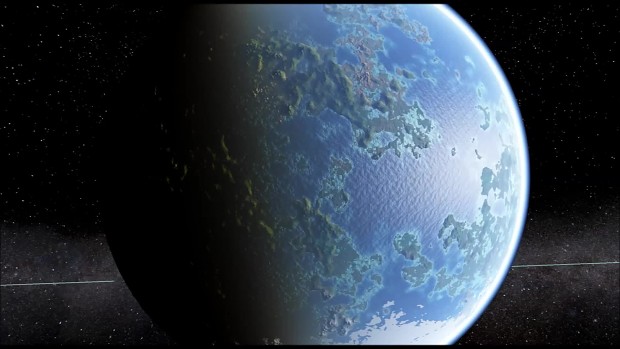
The interplanetary dust in the inner solar system contains some interstellar dust particles.

Interstellar dust particles, which predate our own solar system, can provide insight into the processes at the end of the lifetime of ancient stars. The fact that Earth contains such heavy elements as gold, lead, or uranium (all heavier than iron) shows that our sun is a third or higher-generation star, preceded by at least one supernova explosion of another nearby star. Our solar system formed from the collapse of a hydrogen and helium gas cloud mixed with dust, otherwise there would not be any rocky planets like Earth and Mars. Some of the heavier elements, metals such as silicon and iron, combine with oxygen to form minerals – which is exactly what dust is. The high energies of such an explosion create additional elements heavier than iron. These new elements are released at the end of a star’s lifetime, when it collapses under its own gravity and explodes as a supernova. Stars use this hydrogen as fuel, creating heavier elements such as carbon and oxygen and up to the element iron through nuclear fusion processes. Cosmic dust particles find themselves between the end of one star’s lifetime and at the beginning of the formation of a new solar system.Ī star forms from the collapse of a gas cloud made up of hydrogen and helium, elements that were created in the aftermath of the Big Bang. Cosmic dust is made up of tiny mineral grains in the nano and micrometer size range (one billionth and one millionth of a metre, respectively). We all know how quickly empty spaces fill with dust and, figuratively speaking, the cosmos is no different.

What’s more, it may even have provided our planet with water – and kick-started life. It is thought to have played a crucial role in the formation and evolution of our solar system. This “interplanetary dust” is hugely important. The authors of the study ruled out Mars itself and its moons Phobos and Deimos as the sources of the dust and concluded that it must come from a larger dust cloud floating around between the planets in our solar system.

NASA recently reported that a cloud of dust was surrounding Mars high above its atmosphere. This article is published in collaboration with The Conversation.


 0 kommentar(er)
0 kommentar(er)
